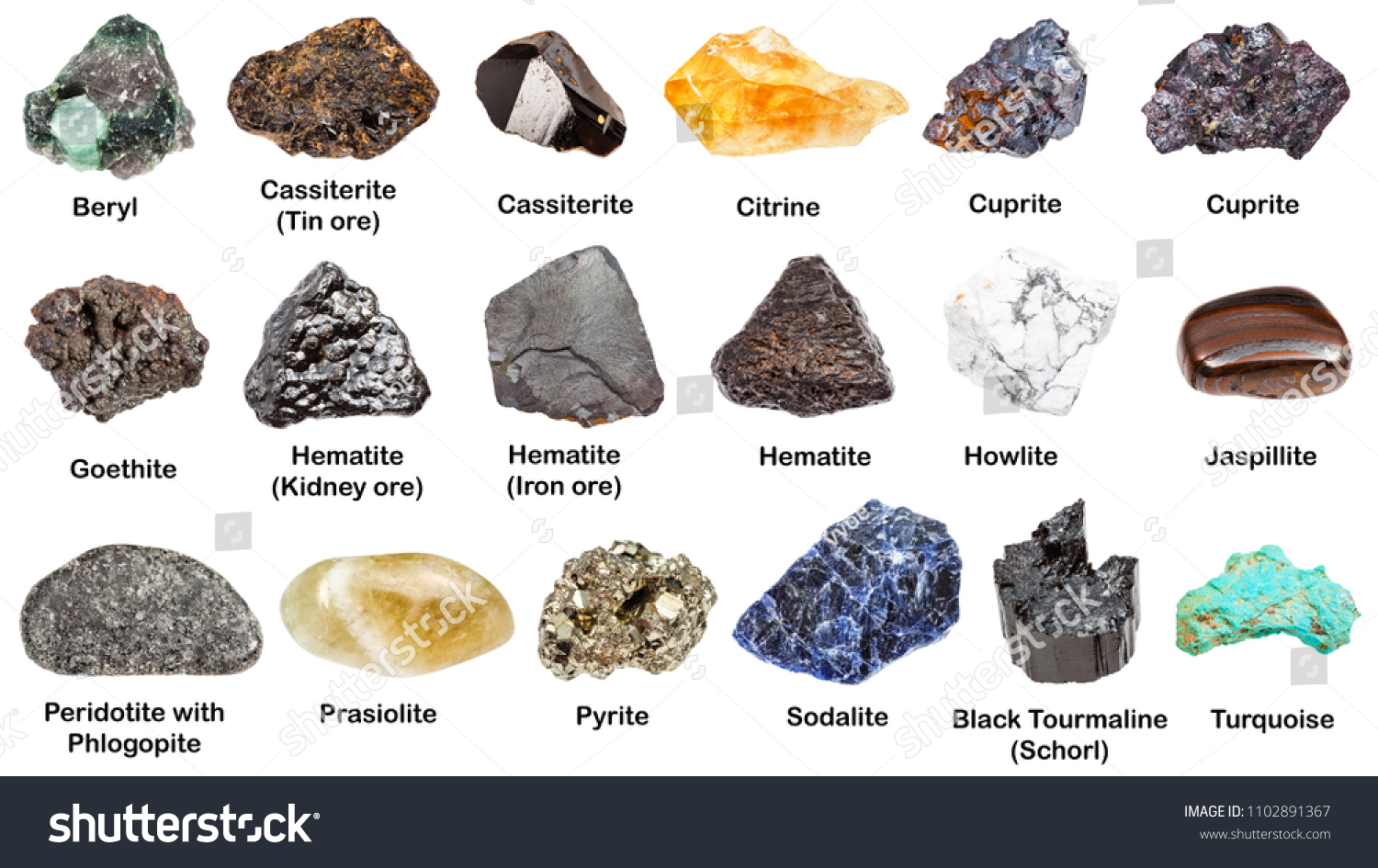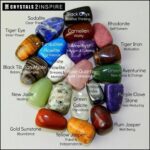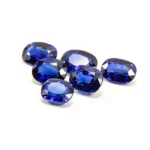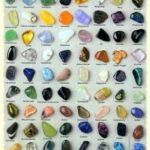Minerals That Start With A
1. Actinolite
2. Adamite
3. Aegirine
4. Aenigmatite
5. Afghanite
6. Agate
7. Agrellite
8. Aguilarite
9. Ajoite
10. Alabandite
11. Albite
12. Almandine
13. Amazonite
14. Amber
15. Amblygonite
16. Anatase
17. Andalusite
18. Andesine
19. Andradite
20. Anglesite
21. Anhydrite
22. Annabergite
23. Anorthite
24. Anthophyllite
25. Antigorite
26. Antimonite
27. Apatite
28. Aquamarine
29. Aragonite
30. Argentite
More About Minerals That Start With A
Welcome to our blog, where we delve into the fascinating world of minerals that begin with the letter “A.” Minerals are marvels of nature, forming over millions of years through various geological processes. These incredible substances not only hold significant scientific importance but also have practical applications in several industries. In this introductory blog post, we will explore a few remarkable minerals, all beginning with the letter “A,” that have captivated the attention of scientists and enthusiasts alike.
Let us begin our journey with the exquisite mineral known as “Amethyst.” Amethyst is a violet to purple variety of quartz and is esteemed for its vibrant color. This beautiful gemstone has been highly sought-after for centuries, adorning crowns, jewelry, and even religious artifacts. With its mystical allure, Amethyst has been associated with numerous legends and beliefs, often considered a symbol of protection and spiritual healing.
Continuing on our quest, we encounter “Apatite,” a mineral known for its vibrant colors, ranging from blue, green, and yellow to a translucent white. Apatite derives its name from the Greek word “apatein,” meaning “to deceive” due to its ability to resemble other minerals. This fascinating crystal is found in various geological settings and has significant commercial applications, particularly in the production of fertilizer and phosphoric acid.
Next, we come across “Azurite,” a mineral known for its intense blue color. Azurite has captivated artists and collectors throughout history for its striking hue, often used as a pigment for paintings. This copper mineral forms in oxidized copper ore deposits, making it essential in the field of geology as a diagnostic indicator of copper richness in its surroundings.
Our exploration leads us to the intriguing “Andalusite,” a naturally occurring aluminum silicate mineral. Andalusite is renowned for its remarkable pleochroism, displaying different colors when viewed from different angles. This unique property makes it a popular choice for gemstone collectors and jewelry enthusiasts. Additionally, Andalusite’s ability to withstand high temperatures and resist thermal shock has led to its significant use in the production of refractory materials.
Another captivating mineral on our list is “Amazonite,” a vibrant green to blue-green variety of microcline feldspar. Amazonite’s vivid color, reminiscent of the lush rainforests from which it derives its name, makes it a highly prized gemstone and a favorite among jewelry designers. This beautiful mineral has a rich history, with ancient civilizations such as the Egyptians and the Mesopotamians adorning their artifacts with Amazonite.
Lastly, we encounter “Actinolite,” a mineral that belongs to the amphibole group. Actinolite occurs in a variety of colors, ranging from green to black, and can sometimes display fibrous or asbestos-like characteristics. This mineral has significant industrial applications, primarily as a component of materials used in the manufacturing of heat-resistant products, such as insulation and refractory bricks.
As we conclude this introduction to remarkable minerals beginning with the letter “A,” we have only scratched the surface of the vast mineral kingdom. Each mineral possesses its own distinct properties, both physically and chemically, making them invaluable in various scientific, industrial, and artistic domains.
We hope this glimpse into the world of minerals has left you intrigued and eager to explore further. Stay tuned for future blog posts as we continue our exploration of minerals, delving into their vast diversity and uncovering the wonders that lie beneath the Earth’s surface.
Minerals That Start With A FAQs:
FAQ
1. Q: What are some minerals that start with the letter A?
A: Some minerals that begin with the letter A are amethyst, azurite, apatite, albite, andalusite, actinolite, almandine, amazonite, and aragonite.
2. Q: What is amethyst?
A: Amethyst is a purple variety of quartz, commonly used in jewelry and known for its calming and protective properties.
3. Q: What is azurite?
A: Azurite is a deep blue mineral often found in copper ore deposits. It is widely used as a gemstone and is known for its vibrant color.
4. Q: What is apatite?
A: Apatite is a group of phosphate minerals that are typically green, blue, or yellow in color. It is commonly used in the production of fertilizers and can also be used as a gemstone.
5. Q: What is albite?
A: Albite is a sodium-rich plagioclase feldspar mineral. It is usually white or colorless and is commonly found in igneous rocks.
6. Q: What is andalusite?
A: Andalusite is a gemstone that is known for its remarkable pleochroism, appearing differently colored from different angles. It is usually found in metamorphic rocks.
7. Q: What is actinolite?
A: Actinolite is a mineral that belongs to the amphibole group. It can range in color from pale green to dark green and is often found in metamorphic rocks.
8. Q: What is almandine?
A: Almandine is a deep red variety of garnet, known for its excellent hardness and brilliance. It is commonly used as a gemstone and is often found in metamorphic rocks.
9. Q: What is amazonite?
A: Amazonite, also known as Amazon stone, is a green variety of microcline feldspar. It is often used as a decorative stone in jewelry and carvings.
10. Q: What is aragonite?
A: Aragonite is a carbonate mineral that is commonly found in sedimentary rocks and caverns. It is usually white or colorless and has many uses, including in the manufacture of cement and as a gemstone.


















